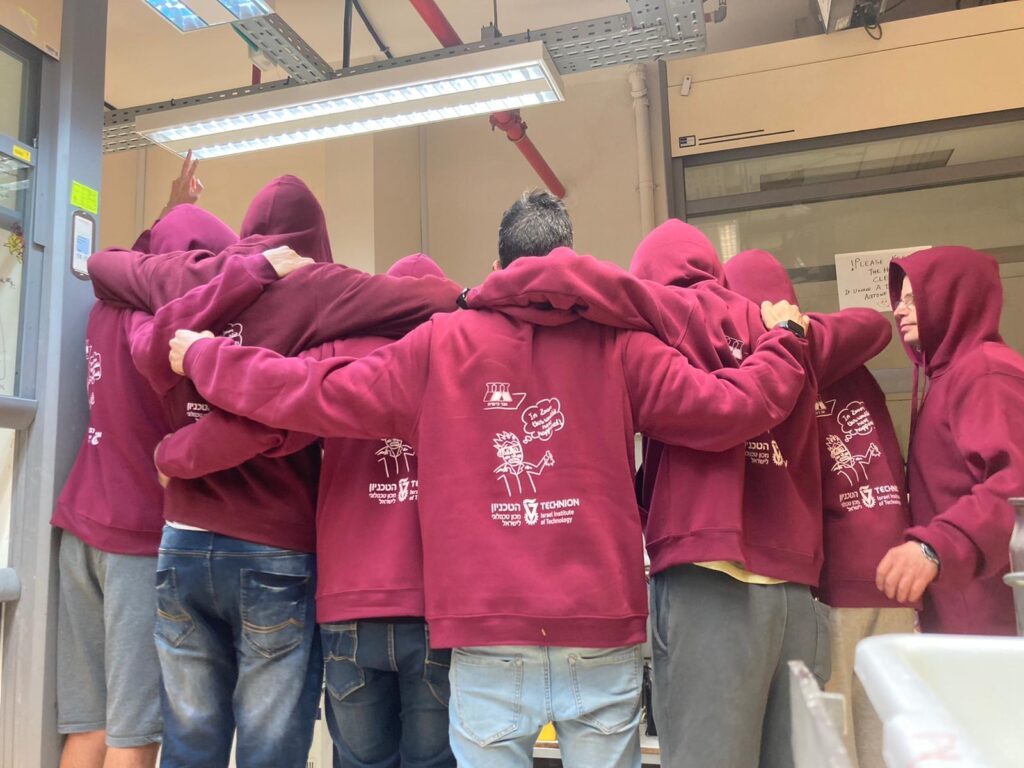
TECHNION - ISRAEL INSTITUTE OF TECHNOLOGY
Prof. Zeev Gross
Bioinorganic Chemistry and Catalysis for Green Energy
Prof. Gross’s Lab Project For The Summer
Transforming the greenhouse gas carbon dioxide to useful chemicals and fuels
Corrole-chelated metal and non-metal complexes (usually referred to as metallocorroles) have been studied as catalysts for a large variety of purposes since the turn of this century. In addition to medical and photochemical applications, the most intense utilization of metallocorroles is as electrocatalysts for processes that are of relevance to clean and renewable energy: the hydrogen evolution reaction (H2 gas from aqueous protons), the oxygen reduction reaction for fuel cells, and water oxidation.
Limited corrole complexes were also investigated as electrocatalysts for carbon dioxide reduction, wherein the main challenges are to assure low overpotentials, large turnover frequency, durability, and product selectivity. Another practical concern is the price of the catalyst and the processes involved for its immobilization onto electrodes, for avoiding a large carbon footprint of the syste.. We will now focus on new corroles, prepared from the cheapest possible chemicals (pyrrole and formalin), for using their chelates with non-precious transition metals as practical electrocatalysts for heterogeneous CO2 reduction.

Another advantage of these new metallocorroles is that they may be adsorbed on carbon-based electrodes by physical vapor deposition at low temperature and without decomposition of the molecular catalyst, conditions that are not fulfilled by the traditionally used N4 macrocycles. Preliminary results obtained by studying the combination of one particular catalyst with one commercial porous carbon not only served to support the research hypotheses, but also disclosed very large selectivity towards production of methanol.
Skilled summer students will be assigned to work in the lab with a senior group member, on one of the many aspects involved in such studies.

2025 © All Rights Reserved


